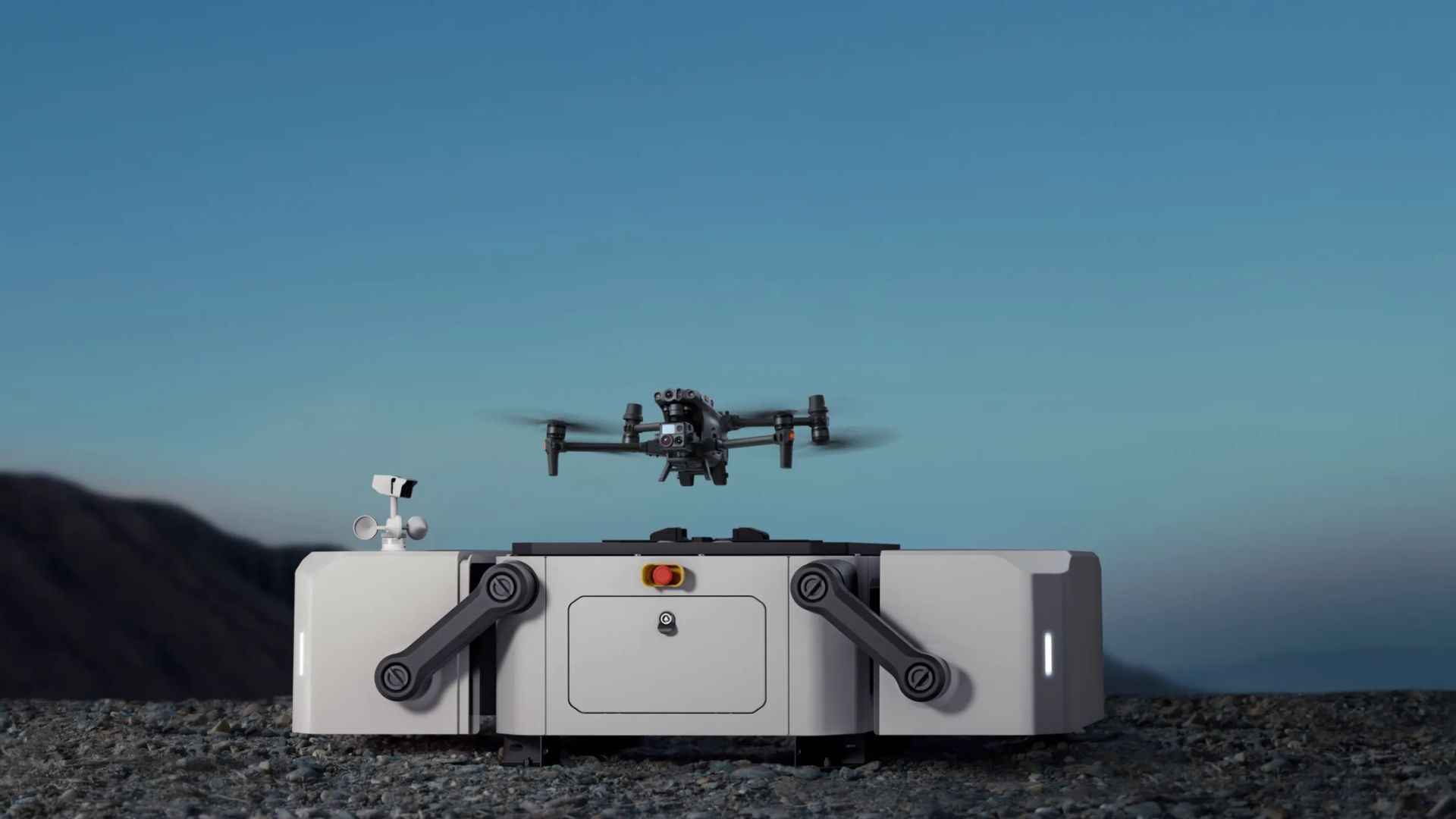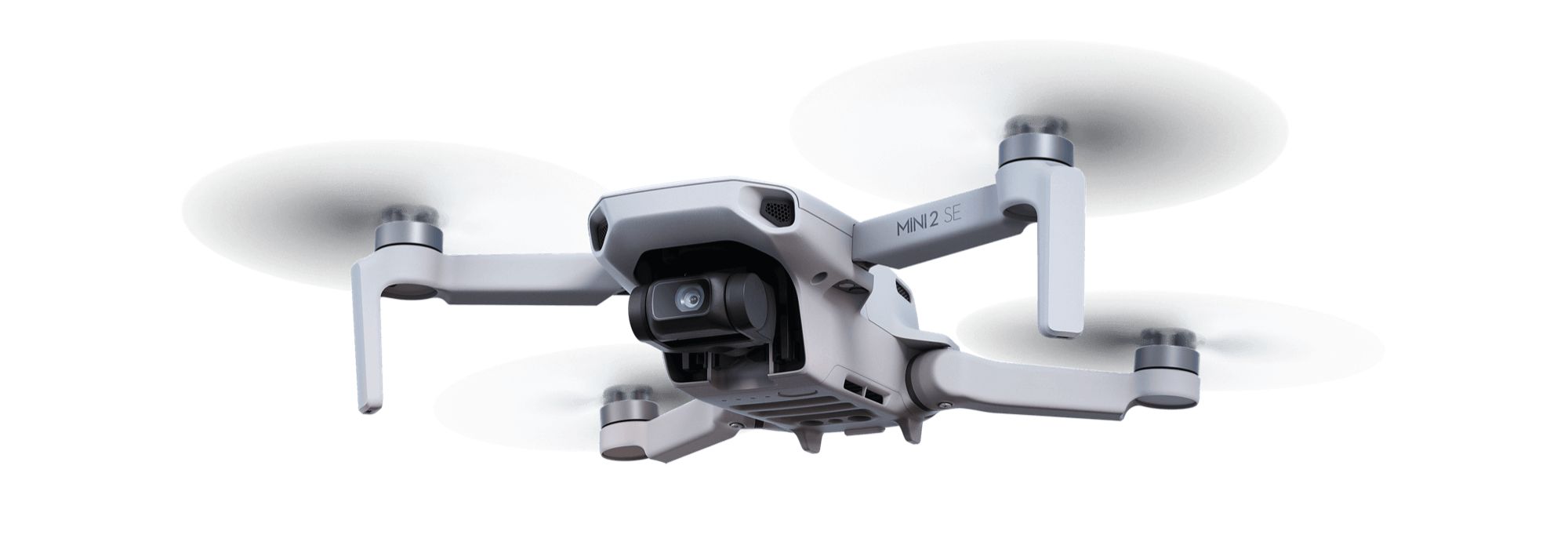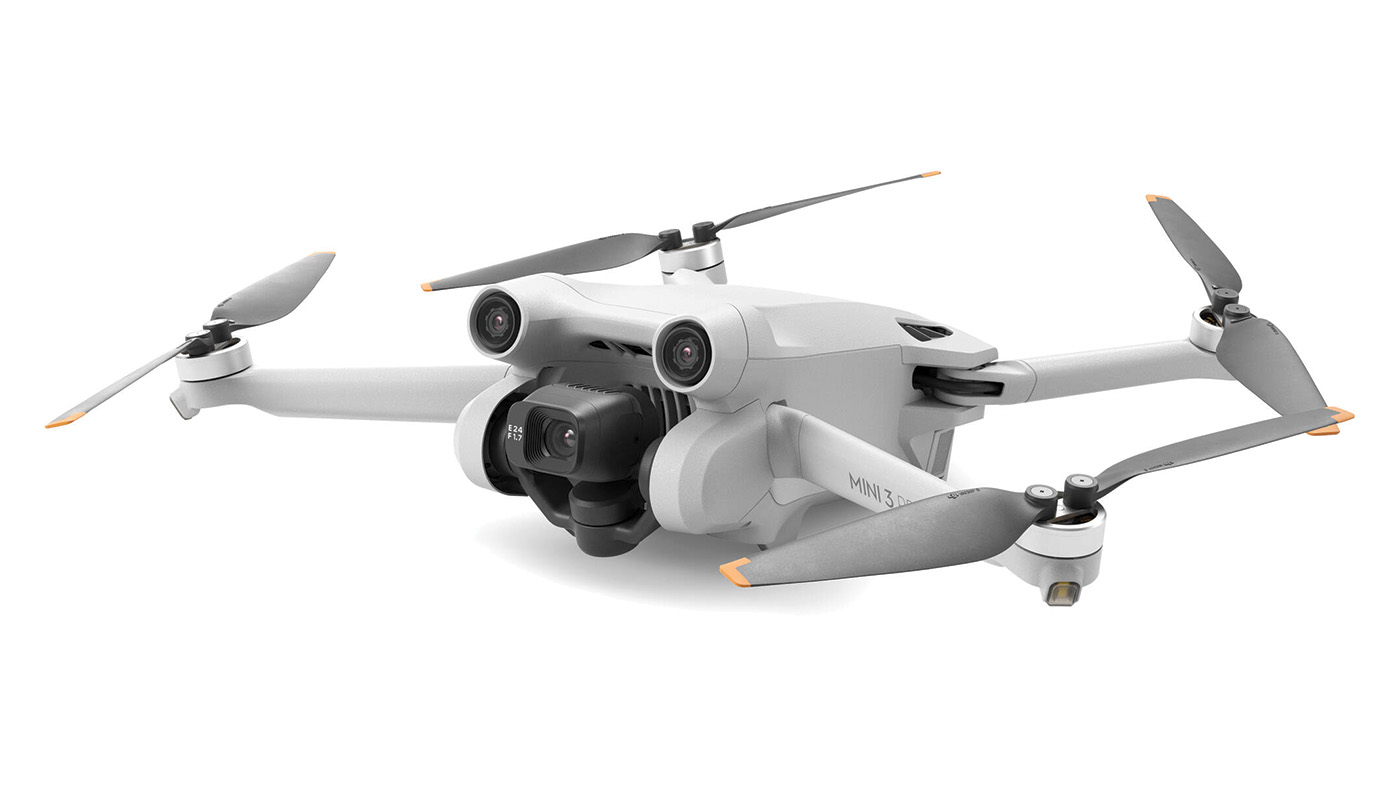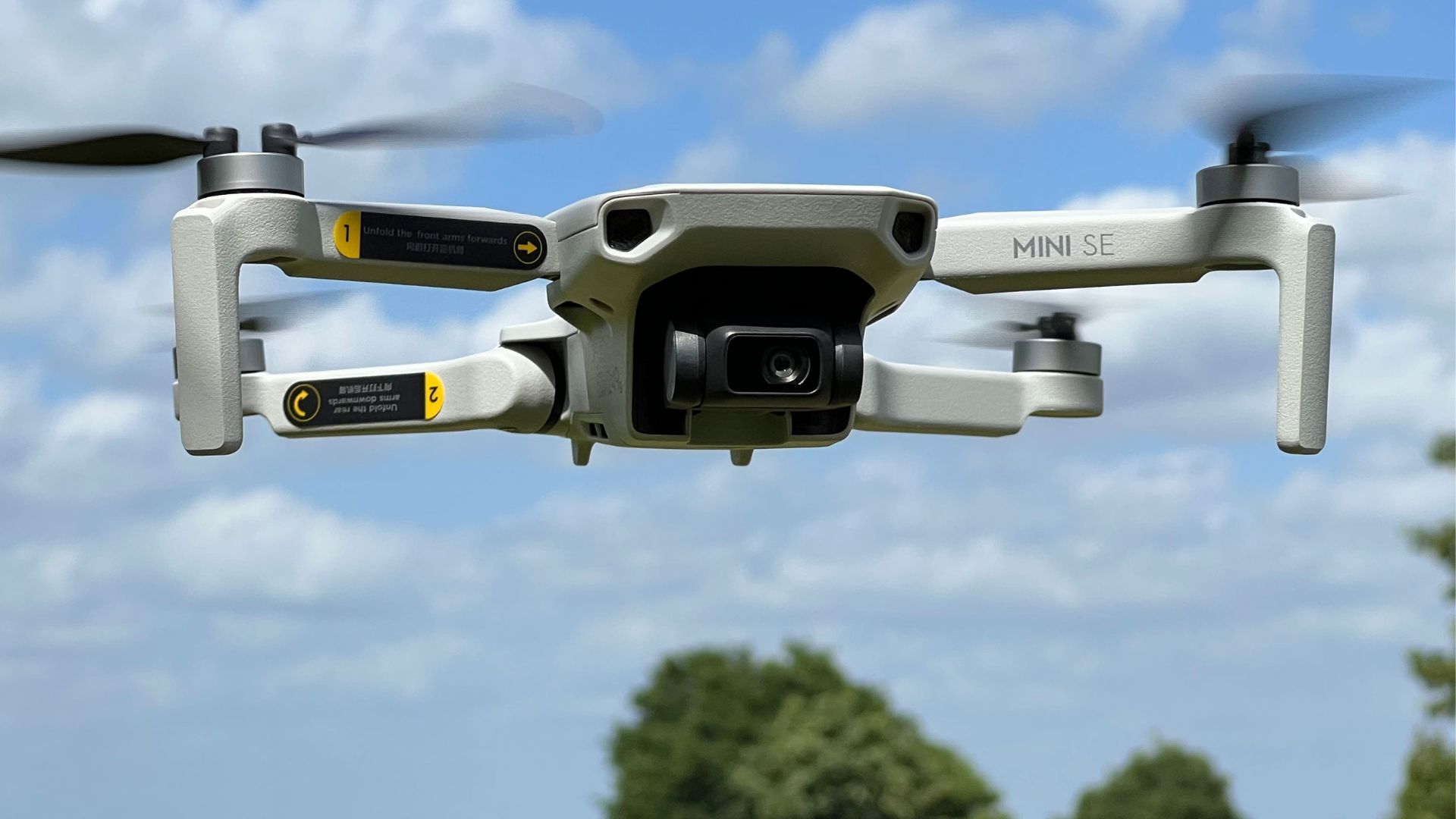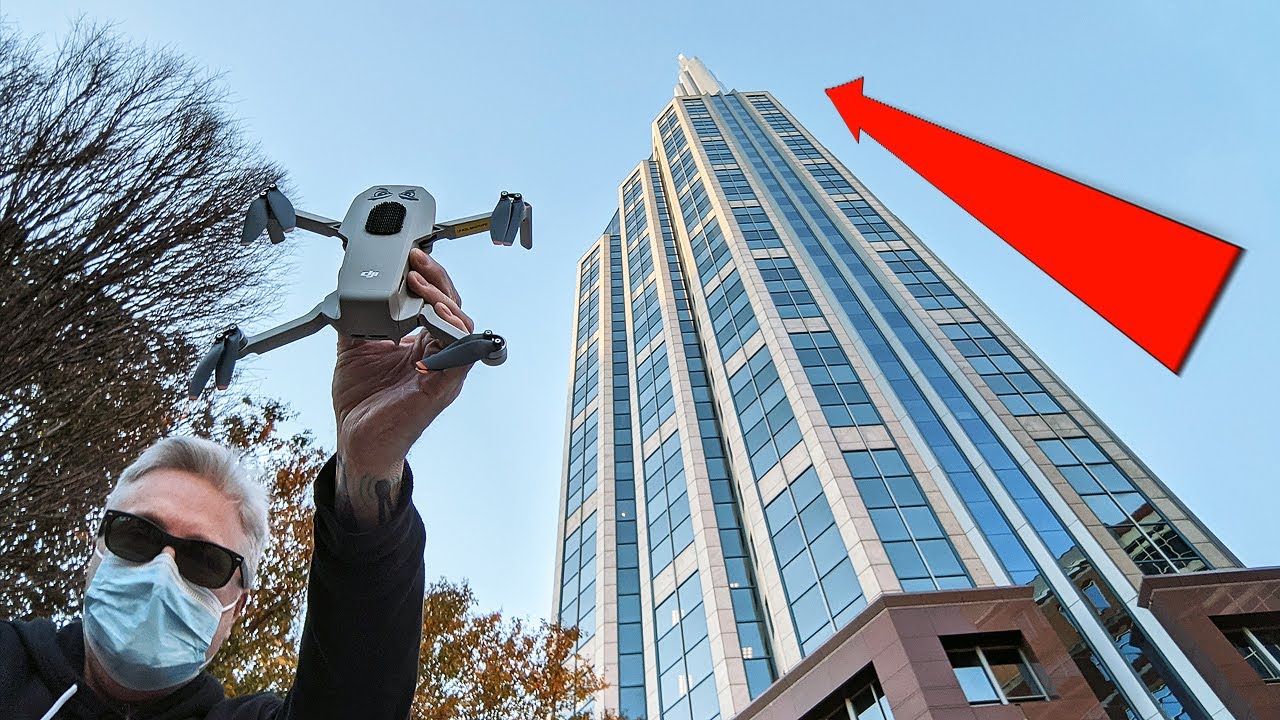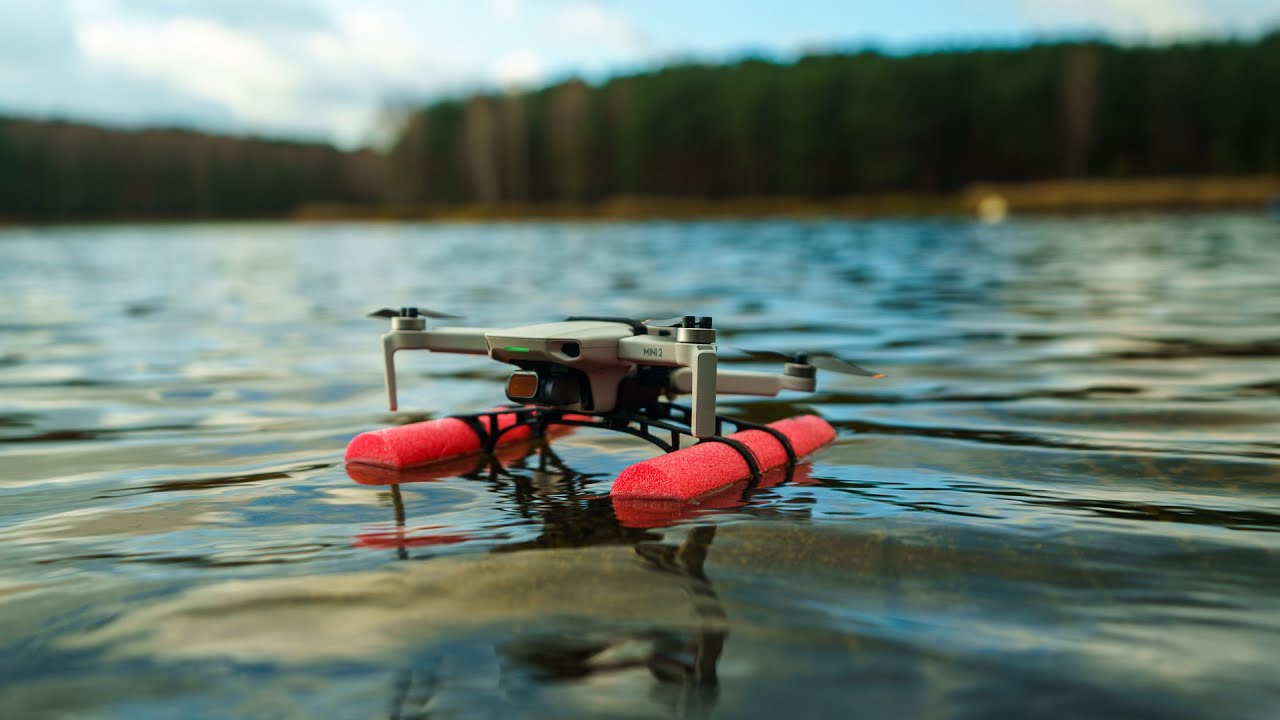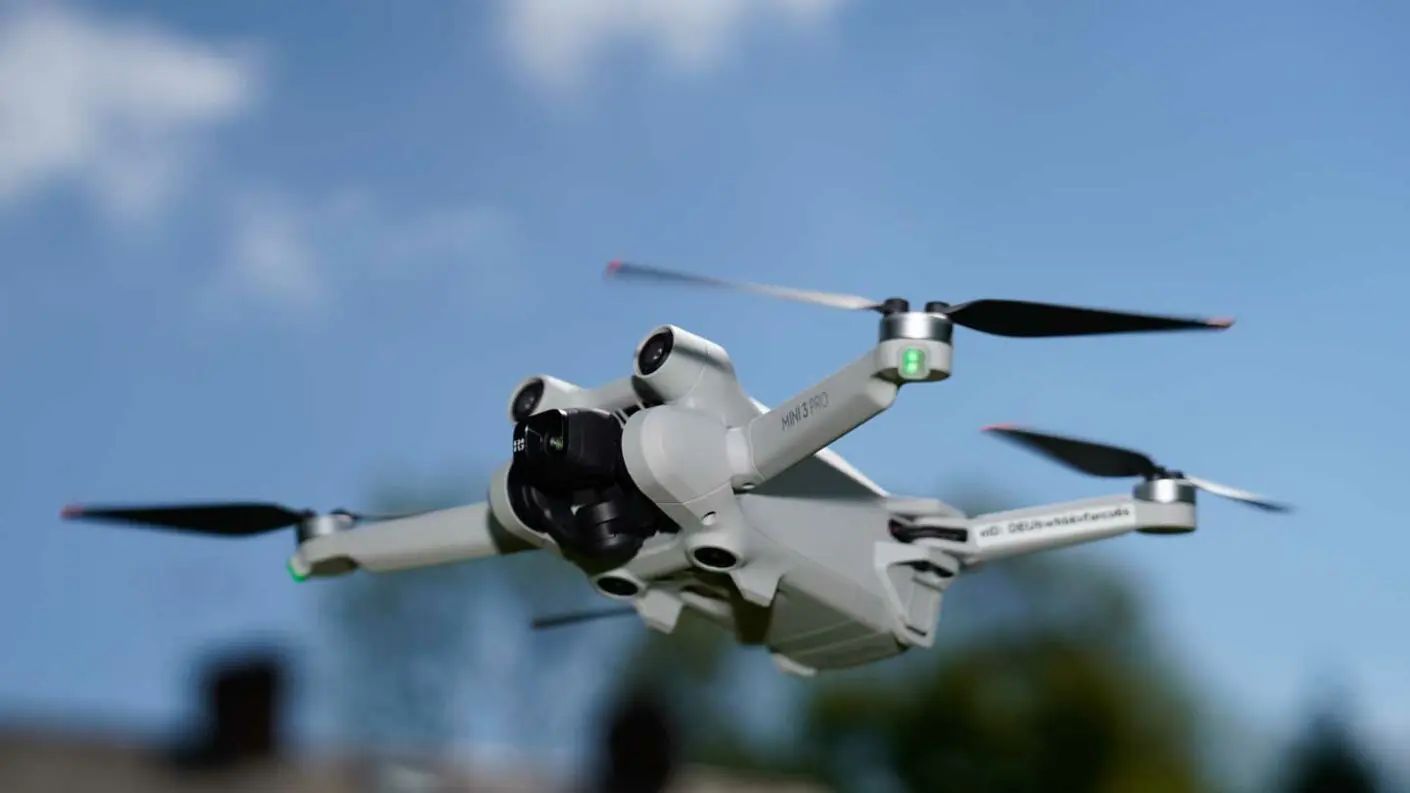Introduction
The DJI Mini 2 is a popular drone known for its compact size and impressive capabilities. Whether you’re a hobbyist capturing stunning aerial shots or a professional using it for various applications, one of the primary concerns during drone flights is maintaining a stable signal connection. Signal loss can have various implications and understanding its effects is crucial for safe and enjoyable drone operation.
In this article, we will explore what happens when the DJI Mini 2 loses signal during a flight. We will delve into the causes of signal loss, the impact it can have on the drone’s performance, and the safety measures to undertake in such situations. Additionally, we will highlight the RTH (Return to Home) feature and various manual control options that can be utilized when faced with signal loss.
By familiarizing yourself with the consequences of signal loss and knowing how to mitigate potential risks, you can ensure a smooth and worry-free flight experience with your DJI Mini 2.
Understanding the DJI Mini 2 Signal
To comprehend what happens when the DJI Mini 2 loses signal, it’s vital to grasp the basics of how the drone operates and communicates with its remote controller. The DJI Mini 2 utilizes a robust wireless connection to establish communication between the aircraft and the controller. This connection is facilitated through a combination of radio frequencies and Wi-Fi technology.
The DJI Mini 2 operates on a 2.4 GHz frequency band, which offers a wide range and better penetration through obstacles. This frequency band is prone to interference from other devices operating in the same range, such as Wi-Fi routers and Bluetooth devices. Therefore, it’s crucial to ensure minimal interference by flying in areas with fewer potential signal disruptions.
It’s important to note that the DJI Mini 2 also supports enhanced Wi-Fi connectivity, allowing for a more stable and reliable signal transmission. This feature enables a stronger connection between the drone and the remote controller, reducing the likelihood of signal loss during flight.
It’s also worth mentioning that the range of the DJI Mini 2’s signal transmission can vary depending on the regulatory restrictions of your country. In some regions, the maximum range may be limited to comply with local regulations. Therefore, it’s essential to familiarize yourself with the specific guidelines and restrictions applicable in your area before flying the DJI Mini 2.
Understanding the technical aspects of the DJI Mini 2’s signal transmission helps set the foundation for comprehending the potential causes and effects of signal loss. In the following sections, we will explore the common reasons behind signal loss and how it can impact the performance of the drone during flight.
Causes of Signal Loss
Signal loss can occur due to various factors, and being aware of these causes is essential for minimizing the risk of disruption during your DJI Mini 2 flights. Here are some common reasons why signal loss may occur:
- Interference: Interference from other electronic devices operating on the same frequency can disrupt the signal between the DJI Mini 2 and the remote controller. This could include Wi-Fi routers, Bluetooth devices, or other drones in the vicinity. Flying in areas with minimal interference can help mitigate this issue.
- Distance: The signal strength between the DJI Mini 2 and the remote controller weakens as the distance between them increases. If you fly the drone too far away, beyond its recommended range, you may experience signal loss. It is crucial to stay within a safe distance to maintain a reliable connection.
- Physical Obstructions: Structures like buildings, trees, and even large hills can obstruct the line of sight between the drone and the remote controller. Obstacles diminish the signal strength and increase the likelihood of signal loss. Flying in open areas with a clear line of sight can help avoid this issue.
- Electromagnetic Interference: Some environments are more prone to electromagnetic interference, such as areas with high-voltage power lines, radio towers, or strong magnetic fields. These interferences can disrupt the signal transmission and cause a loss of connectivity.
Understanding the causes of signal loss allows you to anticipate and take preventive measures to minimize the risk. By avoiding areas with excessive interference, maintaining an appropriate distance, ensuring a clear line of sight, and being aware of electromagnetic fields, you can enhance the reliability of the signal connection between your DJI Mini 2 and the remote controller. In the next section, we will explore the effects of signal loss during flight and how to handle such situations.
Effects of Signal Loss on Flight
When the DJI Mini 2 loses signal during flight, it can have several effects on the drone’s performance and the overall flying experience. Here are some of the potential consequences of signal loss:
- Loss of Control: When the signal connection is lost, communication between the remote controller and the drone is severed. This leads to a temporary loss of control, meaning that you won’t be able to maneuver the drone or execute any commands until the signal is reestablished.
- Disrupted Video Transmission: In addition to controlling the drone, the signal is responsible for transmitting live video feed from the drone’s camera to the mobile device or the remote controller’s screen. Signal loss can result in a disrupted or frozen video feed, making it challenging to monitor the drone’s surroundings or capture footage effectively.
- RTH Activation: The DJI Mini 2 is equipped with a Return to Home (RTH) feature, which is triggered automatically when the signal is lost or weak. In this case, the drone will initiate the RTH procedure and attempt to fly back to its takeoff point using GPS navigation. This is a safety measure to ensure the drone doesn’t fly aimlessly or get lost.
- Hovering in Place: In some instances, when the signal is lost, the DJI Mini 2 may automatically enter the hover mode. This means that the drone will stay in its current position and maintain altitude until the connection is restored or until the battery level reaches a critical point.
- Potential Flyaway: In extreme cases of signal loss, where the RTH feature fails to function correctly or the drone loses its GPS signal, there is a risk of the drone drifting away or getting lost completely. This is a rare occurrence, but it’s essential to be aware of this possibility and take appropriate actions to prevent it from happening.
Understanding the effects of signal loss prepares you for handling such situations and taking the necessary steps to regain control over your DJI Mini 2. In the next section, we will explore the RTH feature in more detail and discuss manual control options that can be utilized during signal loss incidents.
RTH (Return to Home) Feature
The DJI Mini 2 is equipped with a valuable safety feature known as Return to Home (RTH). When the drone loses signal or if the battery level becomes critically low, the RTH feature is automatically activated. This function ensures that the drone returns to its takeoff point or a pre-defined home location using GPS navigation. Understanding how to utilize and optimize this feature is crucial for a safe and successful flight.
When RTH is triggered, the DJI Mini 2 will ascend to a preset altitude to avoid any obstacles during its return journey. It will then navigate back to its designated starting point using the GPS coordinates recorded during takeoff. It’s important to note that for RTH to function correctly, it requires a stable GPS signal. Therefore, it’s essential to calibrate the drone’s compass and wait for sufficient GPS satellite connections before takeoff.
It’s also worth mentioning that the RTH feature can be manually activated by the pilot, even when the signal is not lost. This can be done through the DJI Fly app or by using the remote controller’s RTH button. This manual control option allows you to initiate the return process if you need to bring the drone back to its home location quickly.
To optimize the RTH feature, ensure that the return-to-home altitude is set appropriately for your location. By default, the DJI Mini 2 is programmed to ascend to a height of 30 meters. However, in areas with obstacles or tall structures, adjusting this value to a higher altitude can help avoid potential collisions during the return flight.
It’s important to closely monitor the RTH procedure, especially if the drone is returning over unfamiliar terrain. Observe the drone’s movement and use the live video feed to ensure that it’s navigating safely and avoiding any potential obstacles on its way back. By keeping a vigilant eye on the RTH process, you can take immediate action if any issues arise.
Familiarizing yourself with the RTH feature and understanding how to activate it manually can provide peace of mind during flights, knowing that the drone has a reliable mechanism for returning to its home location in case of signal loss or low battery. In the next section, we will explore additional manual control options that can be utilized during signal loss situations.
Manual Control Options
When the DJI Mini 2 loses signal, it’s crucial to know the manual control options available to regain control over the drone and ensure a safe flight. While the RTH feature is automatically triggered in such situations, there are additional actions you can take to maintain manual control and steer the drone back on track.
One option is to switch to Sport Mode if it’s available on your DJI Mini 2. Sport Mode allows for more dynamic and responsive movements, enabling you to swiftly maneuver the drone even without a reliable signal. However, keep in mind that flying in Sport Mode consumes more battery power, so it’s essential to monitor the remaining battery level during the flight.
If the signal loss is due to interference or physical obstructions, adjusting the altitude of the drone may help regain a stable connection. By ascending or descending to a different altitude, you may find a position where the signal strength improves. Be cautious of the surroundings and choose a safe altitude to avoid any potential collisions with obstacles.
Another method to regain control is by utilizing the side sensors and obstacle avoidance systems. The DJI Mini 2 is equipped with sensors on its sides, allowing it to detect and avoid obstacles during flight. By utilizing these sensors, you can carefully navigate the drone back to a location with a better signal reception, minimizing the chances of further signal loss.
If all else fails, and you are unable to regain control or establish a signal connection, it’s important to remain calm and focused. Keep your eyes on the drone and try to regain visual contact if possible. This will help you make more informed decisions based on the positioning and movement of the drone.
Remember that prevention is better than cure, so taking proactive measures to ensure a strong signal connection is paramount. Fly in areas with minimal interference, stay within the recommended range, and maintain a clear line of sight between the drone and the remote controller to minimize the risk of signal loss.
Understanding and utilizing these manual control options not only gives you the ability to handle signal loss situations effectively but also adds an extra layer of control and safety to your DJI Mini 2 flights. In the final section of this article, we will explore some essential safety measures to undertake during signal loss incidents.
Ensuring Signal Reliability
Maintaining a reliable signal connection between your DJI Mini 2 and the remote controller is crucial for a safe and enjoyable flight experience. To ensure signal reliability, there are several measures you can take before and during your flights.
Before takeoff, it’s important to calibrate the compass of the DJI Mini 2. This calibration process helps the drone establish accurate positioning and orientation, contributing to a more stable signal connection. Additionally, ensure that there are no strong magnetic fields or interference sources nearby that could affect the compass calibration.
Choosing the right flying location can greatly enhance signal reliability. Fly in open areas with fewer obstacles, such as tall buildings and dense vegetation, as they can obstruct the signal transmission. By selecting areas with a clear line of sight and minimal interference, you can maximize the signal strength and minimize the risk of signal loss.
If possible, try to fly when the weather conditions are optimal. Poor weather, such as heavy rain or strong winds, can affect the signal stability and overall flight performance. Flying in calm and clear weather conditions ensures a more reliable signal connection and a safer flight experience.
Regularly update the firmware of your DJI Mini 2 and the remote controller. Firmware updates often include improvements to signal transmission and the overall performance of the drone. Staying up to date with the latest firmware ensures that you have access to the most reliable signal technology available.
In the event of signal loss, stay observant and maintain visual contact with the drone. By keeping your eyes on the drone, you can anticipate its movements and take appropriate actions to regain control when the signal is restored. Utilize the live video feed and the drone’s position to make informed decisions during signal loss incidents.
Finally, invest in signal boosters or range extenders for your DJI Mini 2. These accessories can significantly improve the signal range and transmission quality, allowing you to fly the drone further while maintaining a stable connection. Range extenders can be particularly useful in areas where signal interference is common.
By implementing these measures, you can ensure a more reliable signal connection between your DJI Mini 2 and the remote controller. A strong and stable signal connection not only enhances the overall flight experience but also contributes to a safer and more enjoyable drone operation. Remember to always prioritize safety and take appropriate measures to minimize the risk of signal loss during your flights.
Safety Measures During Signal Loss
Experiencing signal loss with your DJI Mini 2 can be a stressful situation, but it’s essential to prioritize safety and take appropriate measures when this occurs. Here are some safety measures to keep in mind during signal loss incidents:
- Maintain Line of Sight: If the signal is lost, it’s crucial to maintain a visual line of sight with the drone. By keeping your eyes on the drone, you can monitor its position and ensure that it’s not drifting into potentially hazardous areas.
- Stay Calm and Patient: Losing signal can be unsettling, but it’s important to remain calm and patient. Signal loss can be temporary, and the drone’s built-in safety features are designed to handle such situations. Avoid making sudden or impulsive decisions that could potentially jeopardize the safety of your drone or those around you.
- Avoid Flyaways: If the RTH feature fails or the drone loses GPS signal, there is a risk of the drone flying away or becoming lost. To prevent a flyaway, try to maintain downward control and avoid excessive vertical ascents until the signal is regained or you have visual contact with the drone.
- Clear Landing Area: If the drone initiates the RTH procedure, ensure that the landing area is clear of any obstacles or hazards. The drone will attempt to land at the designated home location, so make sure the area is safe and free from any potential obstructions.
- Monitor Battery Level: During signal loss, it’s important to keep an eye on the drone’s battery level. The RTH feature may be activated due to low battery, so monitoring the battery level can help you anticipate the need for intervention or manual control to ensure a safe landing.
- Follow Local Regulations: Always follow local regulations and guidelines when flying your DJI Mini 2. Familiarize yourself with the specific rules in your area, including maximum altitude, flight restrictions, and any requirements for drone operation during signal loss situations.
Remember, safety should always be your top priority when flying a drone. Being prepared for signal loss incidents and knowing how to respond appropriately can help minimize risks and ensure a safe outcome. By following these safety measures, you can handle signal loss situations with confidence and protect yourself, your drone, and those around you.
Conclusion
The DJI Mini 2 is a remarkable drone that offers incredible aerial photography capabilities and a thrilling flight experience. However, signal loss can occur and disrupt the connection between the drone and the remote controller. Understanding the causes and effects of signal loss is imperative for maintaining control and ensuring a safe flight.
We explored the various causes of signal loss, including interference, distance, physical obstructions, and electromagnetic interference. By being aware of these factors, you can take preventive measures to minimize the risk of signal disruption. Additionally, we discussed the effects of signal loss on the drone’s performance, such as loss of control, disrupted video transmission, and the activation of the RTH feature.
The RTH feature, a crucial safety mechanism, allows the DJI Mini 2 to autonomously return to its home location in case of signal loss or low battery. Understanding how to optimize the RTH feature, reset the altitude, and initiate the process manually is vital for a safe flight.
We also discussed the importance of manual control options, including switching to Sport Mode, adjusting the altitude, and utilizing obstacle avoidance systems. These options provide additional control during signal loss incidents and help steer the drone back on track.
To maintain a reliable signal connection, we explored measures to ensure signal reliability, such as calibrating the compass, choosing the right flying location, updating firmware, and utilizing signal boosters or range extenders.
Finally, we emphasized the importance of safety during signal loss incidents. By maintaining line of sight, staying calm, avoiding flyaways, monitoring battery levels, and following local regulations, you can navigate through signal loss situations safely and responsibly.
In conclusion, understanding the causes, effects, and preventive measures of signal loss empowers you to handle these situations effectively. By implementing the guidelines provided in this article, you can ensure a smooth and secure flight experience with your DJI Mini 2, allowing you to capture breathtaking aerial shots and enjoy the wonders of drone technology.









